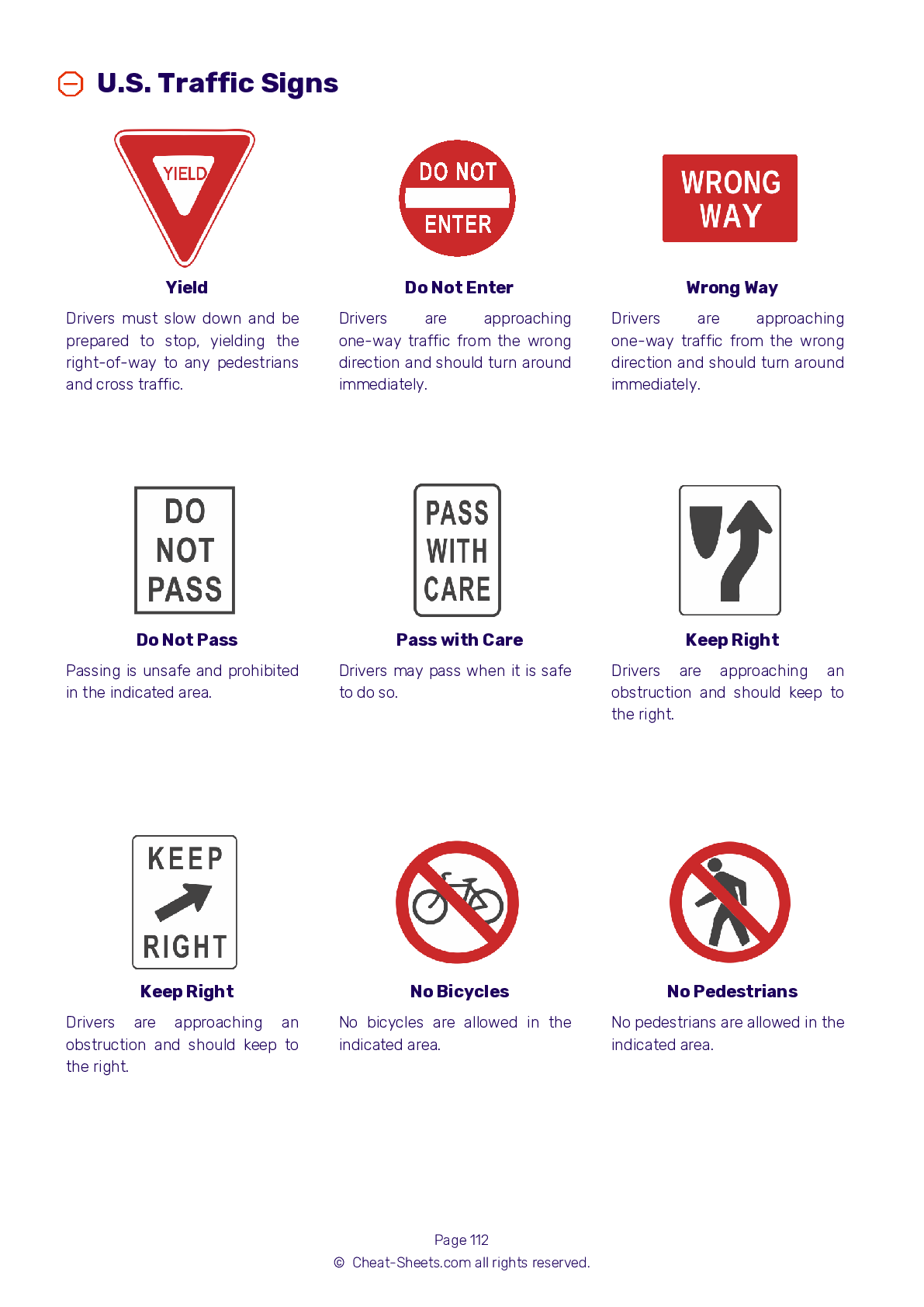

All items are placed on a standard scale to identify where the candidate falls within the scale. The examination is scored differently than a fixed-length examination. Candidates should not be concerned about the ability level of an item on a CAT exam.

The number of pilot items included on each exam is detailed below:ĬAT examinations are delivered in a different manner than fixed-length exams such as computer-based linear tests and pencil-paper exams and may feel more difficult. Examinations do not factor pilot questions into a candidate’s performance. Pilot Questionsĭuring National Registry exams, every candidate receives pilot questions that are indistinguishable from scored items. The Board considers this recommendation and the impact on the community to set the minimum passing standard. Panel assessments are combined to form a recommendation on the minimum passing standard for the exam. The panel uses various recognized methods (such as the Angoff method) to assess how a minimally competent provider would respond to examination items. Psychometricians, experts in testing, facilitate the panels. A recommendation from a panel of experts and providers from the EMS community informs the Board’s actions. The National Registry Board of Directors sets the passing standard and reviews it at least every three years. The minimum passing standard is the level of knowledge or ability that a competent EMS provider must demonstrate to practice safely. The level of ability required to respond to an item correctly may be low, moderate, or high, depending on the estimated difficulty of the test question. The difficulty statistic of an item identifies the “ability” necessary to answer an item correctly. The National Registry places only items that meet rigorous standards as scored questions on the examination. Piloted items that do not meet the National Registry’s strict standards for calibration are revised and re-piloted or discarded. The National Registry does not count responses to piloted items towards the candidate's score. The National Registry collects enough data from candidate responses to pilot items to estimate each item’s level of difficulty and evaluate the item for evidence of bias. Items are then pilot tested during live examinations. This review process includes internal and external subject matter expert review, referencing, and editing. Incorrect responses are not partially correct.Next, the item goes through an extensive review process to ensure: First, external subject matter experts draft an item, also known as a test question. The National Registry uses the same process to develop all test items. A linear CBT exam is a fixed-length, computer version of a paper and pencil exam. A passing standard, identical for all candidates at their level of certification, is used to determine whether a candidate is successful or unsuccessful on the cognitive examination.Ĭandidates seeking National EMS Certification as an Advanced EMT take linear examinations. The National Registry uses the CAT format for Emergency Medical Responder (EMR), Emergency Medical Technician (EMT), and Paramedic (NRP) examinations. CAT examinations allow shorter, more precise tests individualized to each candidate’s level of knowledge and skills. The National Registry has two examination formats for the cognitive examination: Computer Adaptive Tests (CAT) and Linear examinations. About the National Registry Cognitive Examinations


 0 kommentar(er)
0 kommentar(er)
